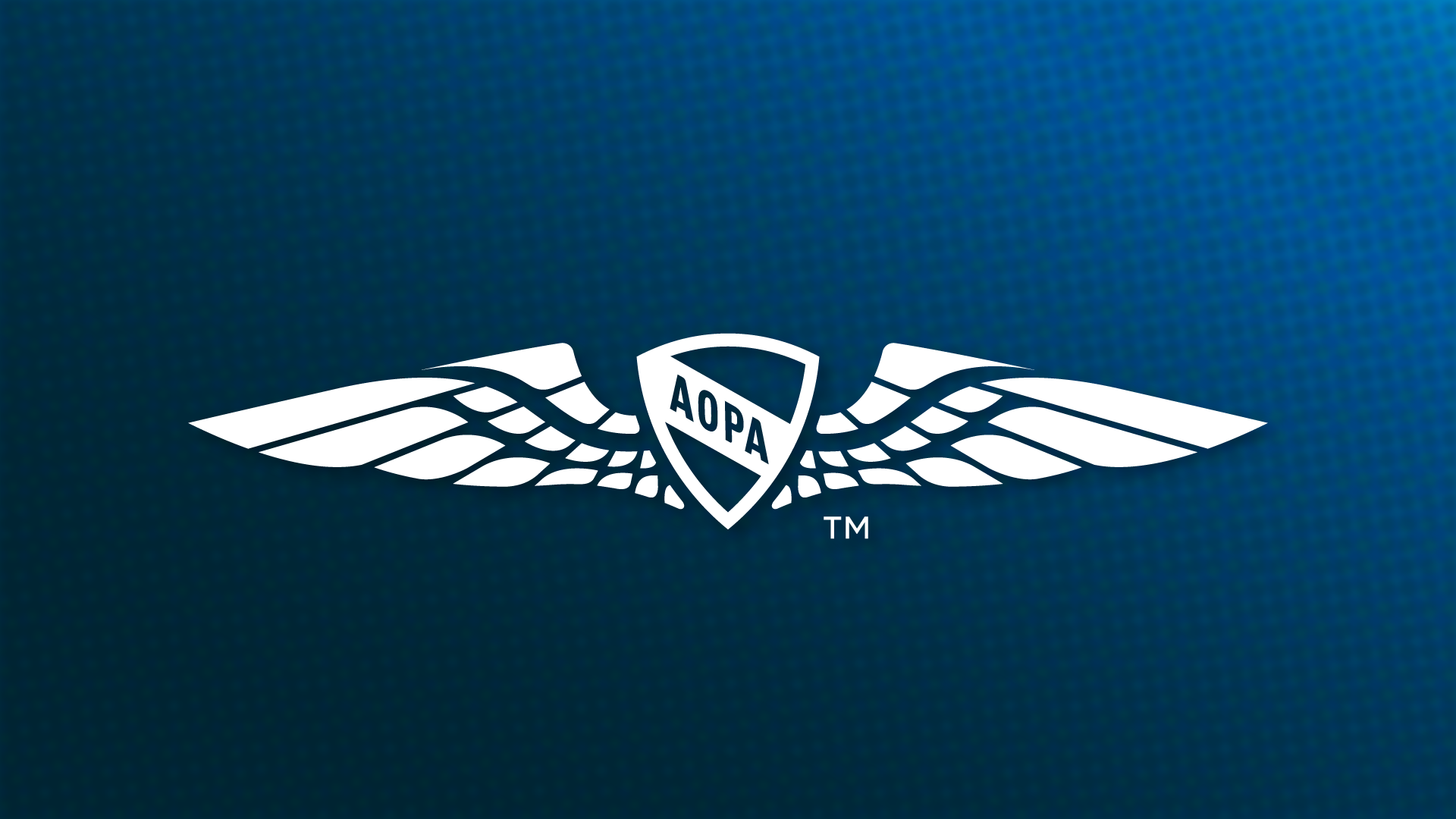
Illustration by John Ueland
- From reader Sandy Bredin: What was the fastest piston-powered airplane of World War II?
- True or false? The original purpose of safety belts in airplanes was to prevent pilots from falling or being thrown out of their aircraft.
- In the 1991 video series, First Flights, Neil Armstrong said that three technical problems had to be solved before the Wright brothers could achieve flight in an airplane. Can you name them?
- The world record for the largest animal ever transported by air involved a(an)
- elephant.
- hippopotamus.
- killer whale.
- rhinoceros.
- During World War II, several airports were constructed in Greenland to provide en route landing and refueling facilities between North America and Europe. Can you name the two such airports that are still in operation?
- Why does landing a floatplane on water frequently stress the airframe more than landing the same airplane with wheels on a hard-surface runway?
- From reader George Shanks: True or false? All reciprocating (piston) aircraft engines are air cooled.
- Air traffic controllers often use the expression “souls on board” when asking for the number of people aboard an aircraft in distress. How did this expression originate?
Answers
- The German Dornier Do 335 Pfeil (Arrow) was a heavy fighter with a top speed of 474 mph. It was a twin-engine airplane with the same push-pull engine configuration as a Cessna Skymaster.
- True. Safety belts became universally adopted in 1913 following an accident on June 20, 1913, in which naval aviator W.D. Billingsley was thrown out of a Wright hydroplane (seaplane) at an altitude of 1,600 feet agl.
- The three problems were 1. “how to provide the necessary lift,” 2. “how to give the craft a means of propulsion,” and 3. “how at the same time to establish a system of control” (i.e., lift, thrust, and control).
- The correct answer is C. This occurred in September 1998 when Keiko, the 40,000-pound star of Free Willy, was transported by the U.S. Air Force in a modified McDonnell Douglas C–17 Globemaster III from Newport, Oregon, to his new home in Iceland.
- Narsarsuaq (code-named Bluie West One) is on the southwest coast of Greenland and at the end of a fabled fjord. It has been popular with pilots ferrying light airplanes across the North Atlantic. Farther north is Sondestrom Air Base (Bluie West Eight), now known as Kangerlussuaq Airport.
- Unlike landplanes, seaplanes are not equipped with shock absorbers (such as oleo struts). Landing shocks are transmitted directly to the airframe.
- True. Engines that are said to be “liquid-cooled” have radiators or heat exchangers that use air to extract heat from the liquid coolant, thus making the engine ultimately cooled by air.
- It originated with early maritime communications. Some believe that radio operators would refer informally to those in distress as poor “S.O.B.s,” a slang term that was later sanitized as “souls on board.”

Barry Schiff
Barry Schiff has been an aviation media consultant and technical advisor for motion pictures for more than 40 years. He is chairman of the AOPA Foundation Legacy Society.

